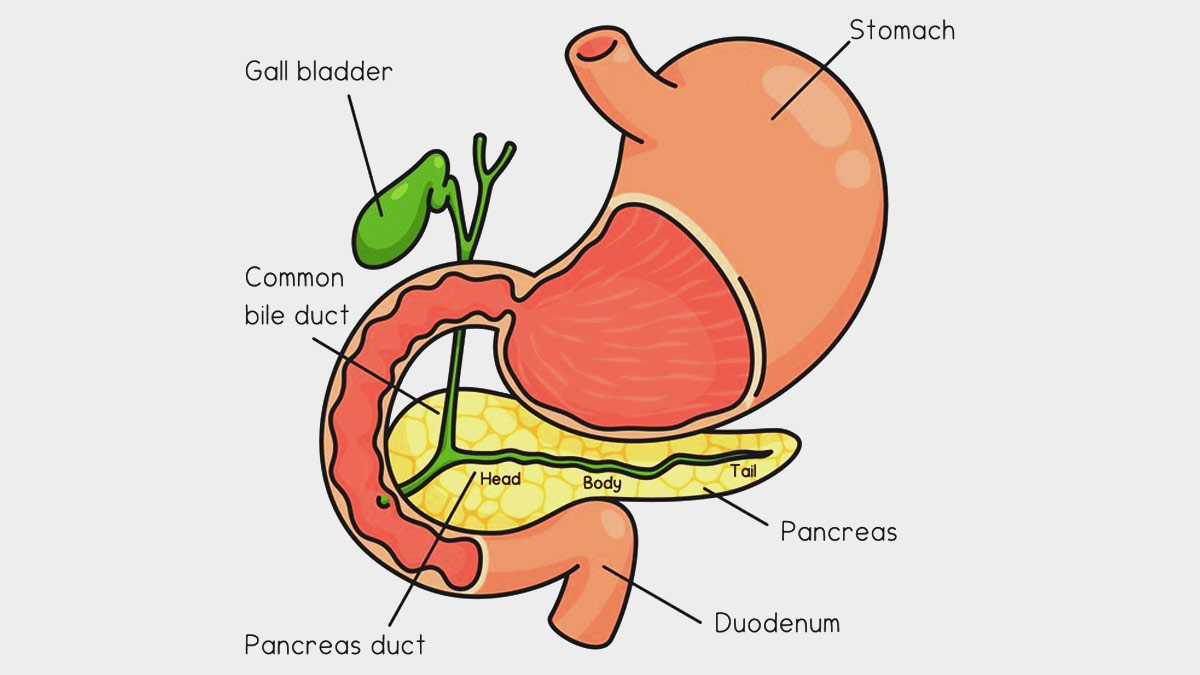
Bile duct is a tubular structure, measuring 4-6 mm in adults, connecting the liver to the beginning of the small intestine called Duodenum. This tube carries the bile synthesized in the liver to the intestine which is important in the digestion of oily or fatty foods. Bile is a by-product of the liver while it breaks down or destroys the worn-out red blood cells tirelessly throughout life. “The bile has a greenish yellow hue which is due to the pigment bilirubin which is formed after breaking down the red blood cells. The Gall bladder which is connected to this bile duct acts as a storage house for bile in between the meals. In the absence of gallbladder, the bile duct takes over the function of the same,” said Dr Sadashivayya Soppimath, General Surgery, Laparoscopic Surgery, HCG Suchirayu Hospitals, Hubli.
Table of Content:-
The bile duct stones and the problems
“The bile duct stones are usually migrated stones from the gallbladder. Rarely they may form primarily in bile ducts in the absence of gall bladder or some other rare conditions. The incidence of bile duct stones is from 1 to 15 percent of the people who have gallstones. These stones may block the smooth flow of bile resulting in not only improper digestion of the fatty foods, but symptoms related to blockade,” said Dr Soppimath.

Also read: Debunking Myths & Understanding Importance Of Early Diagnosis Of Bile Duct Cancer
The blockade of bile flow can cause pain which may be very severe at times in the upper part of the abdomen mostly on the right side. It may also cause backache on that side which is called referred pain. The pain will be so severe sometimes that it mimics the heart problem. The blockade can also cause jaundice resulting in yellowish discoloration of the eyes, urine and skin. Sometimes it may also cause itching. Infection may also occur in the bile which is blocked which may spread to the liver. If unrecognised in the early phase the patients may land up in severe sepsis resulting in kidney failure and breathing difficulty which is called septic shock. This is a serious condition which has high mortality especially in diabetics.
If the stones block the bile duct opening into the duodenum, they not only block the bile flow but also the pancreatic juice resulting in pancreatitis which is called gallstone pancreatitis. This pancreatitis again results in upper abdominal pain with radiation to the back. If the stone is small current passes off early the pancreatitis may be of milder form and may resolve. Longer the period of blockade more severe will be pancreatitis. Combination of pancreatitis with infection of bile is very dangerous and life-threatening needing special care by a team of specialists in good intensive care units. Though many medical treatments have been tried, they have failed in majority and is not a standard of care.
Identification
“Some tests are done to identify stones in the bile duct to plan treatment. Blood tests are done to see whether there is jaundice, severity and also to know whether there is any infection.
Ultrasonography is a simple test beach that detects the stones in 60 to 80% if done by an experienced person,” said Dr Soppimath.

“MRI scans called MRCP may be done which detect the stones in 90 to 95%. CT scan may be done to rule out other causes and also to detect if there is Pancreatitis or are any obsesses in the liver due to infection,” he stated.
Treatment
According to Dr Soppimath, supportive treatment may be started with antibiotics, pain killers etc with or without admission in the hospital. They may be admitted to an intensive care unit for a proper management baby team of experts if the problem is severe.
Definite treatment depends on the severity of the problem and at what stage the patient comes. Before late 19 century open surgery with opening of the bile duct and clearing the stones with big cuts was the only option. Open surgery is done even now where facilities for advanced treatment are not available or for some other special reasons.
"The stones are also cleared laparoscopically during which the gallbladder is also removed. There are newer gadgets available nowadays to clear the building stones which are relatively costlier. In a situation, where the patient is very serious, temporary measures to take out the infected bile may be considered before the standard treatment to save the life of the patient. If there is associated pancreatitis, it needs all together special care depending on the severity," said Dr Soppimath.
Also read: Can Carcinogens Affect Bile Duct? Expert Explains All About Bile Duct Cancer
Overall the bile duct stones are not very common, they need early diagnosis and prompt treatment to avoid complications which may be life threatening. With advances in medical science and technology, identification of problems early and proper treatment have become more precise, decreasing the death rate in these patients in the past 3-4 decades.
Also watch this video
How we keep this article up to date:
We work with experts and keep a close eye on the latest in health and wellness. Whenever there is a new research or helpful information, we update our articles with accurate and useful advice.
Current Version